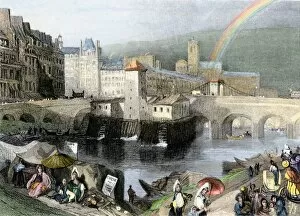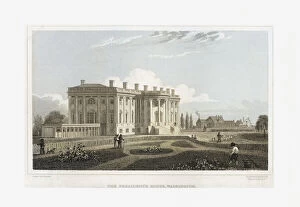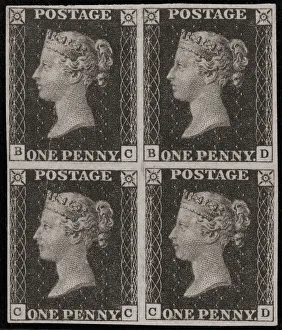1840 Collection (page 13)
In the year 1840, a world of art, culture, and innovation unfolded
All Professionally Made to Order for Quick Shipping
In the year 1840, a world of art, culture, and innovation unfolded. The iconic painting "Wanderer Above the Sea of Fog" by Caspar David Friedrich captivated viewers with its mysterious allure, depicting a solitary figure contemplating nature's vastness. Meanwhile, cricket enthusiasts witnessed an intense battle between Sussex and Kent in 1840, showcasing the timeless rivalry between two English counties. During this era, T. E. Lawrence was born - a man who would later become known as Lawrence of Arabia for his pivotal role in Arab revolt against Ottoman rule during World War I. As history unfolded, another significant milestone emerged: the issuance of the Penny Black postage stamp on May 6th. Engraved by Frederick Heath and printed by Perkins Bacon & Co. , it became the world's first adhesive postage stamp revolutionizing mail delivery forever. Sports also took center stage in 1840; English prizefighters showcased their skills while sports like shinty gained popularity among enthusiasts seeking thrilling competition. In Scotland, construction began on what would become an engineering marvel - the Forth Bridge - connecting Edinburgh to Fife across the Firth of Forth. Amidst these cultural and technological advancements stood Thomas Hardy – a renowned author whose works captured both rural life and human emotions with profound depth. His writings resonated with readers then and continue to do so today. The realm of music saw virtuoso Niccolò Paganini enchanting audiences worldwide with his violin mastery; even famed artist Jean-Auguste-Dominique Ingres immortalized him through his brush strokes at Kings Theatre. As time moved forward from that eventful year in 1840 towards 1921 when Thomas Hardy passed away but left behind an enduring literary legacy that continues to inspire generations long after he departed this world.













